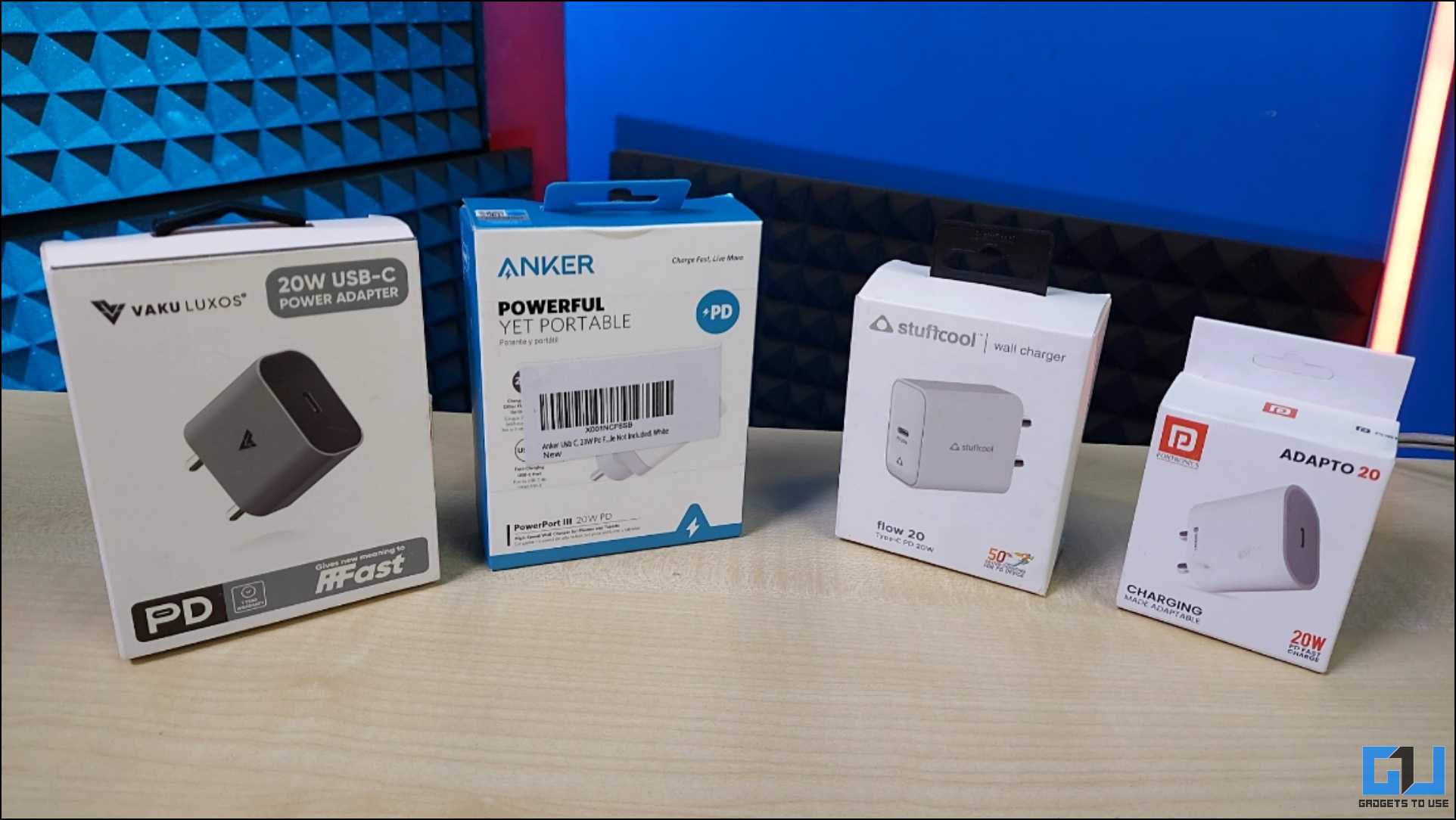Yeah, you read it right. Motorola’s cost-effective solution, Moto G, has been knocking doors for a while now and a comparison against the mighty Google Nexus 4 is inevitable. Although a delayed launch pushed this back (for fans in India), its always better late than never.
Both devices are backed by the Mountain View giant in one manner or the other. While the Nexus lineup is self-subsidized by Google, the Motorola Moto G has backup on the software side of things.
That being said, which one should you go for?
Hardware
| Model | Google Nexus 4 | Motorola Moto g |
| Display | 4.7-inch, 1280 x 720p | 4.5-inch, 1280 x 720p |
| Processor | 1.5GHz quad-core | 1.2GHz quad-core |
| RAM | 2GB | 1GB |
| Internal Storage | 8GB/16GB | 8GB/16GB |
| OS | Android v4.4 KitKat | Android v4.3 Jelly Bean |
| Cameras | 8MP/1.3MP | 5MP/1.3MP |
| Battery | 2100mAh | 2070mAh |
| Price | 21-22,000 INR | Starts 12,499 INR |
Display
Both these devices come with two of the most practically-usable screen sizes, or so I feel. While the Moto G packs a 4.5-inch 720p display, the Nexus 4 does 0.2 diagonal inches extra and comes with the same 720p resolution on a 4.7-inch panel. Overall, a 4.7-inch display should suit most users better, given the general tendency to indulge in multimedia and gaming, which ask for larger screen real estate. Since the resolution on both these panels is practically identical, the Moto G does a slightly better pixel density thanks to the smaller screen.
Camera and Storage
Nexus devices traditionally haven’t been ones for shutterbugs. Although the 8MP shooter of the Nexus 4 looks much better on paper compared to the 5MP main sensor on the Moto G, it is expected to be more or less at par in terms of real world performance. It is no secret that the Nexus 4 camera is far from its USP. That being said, you should wait for real-life comparisons from GadgetsToUse before you jump the gun on either device.
Both devices are exactly identical on the storage front, with 8GB and 16GB variants on offer with neither supporting expandable storage. Whichever device you go for, you’re suggested to opt for the 16GB variant for reasons obvious.
Processor and Battery
This is perhaps the category that’s most decisive. Motorola’s Moto G comes with quad-core 1.2GHz Snapdragon 400, which is excellent value for money at the concerned price point. On the other hand, the Nexus 4 gets its horses from a 1.5GHz quad-core Snapdragon APQ8064 processor, which is basically an underclocked variant of the 1.7GHz Snapdragon 600. To put it in simple terms, the Nexus 4 does have a clear but not significant upper hand on the processing front.
Motorola claim ‘all day battery’ with the 2070mAh unit. On the other hand, the Nexus 4 packs a similar 2100mAh battery, which isn’t as impressive thanks to the larger screen. If battery life is your primary concern, the Moto G would be a better bet.
Conclusion
Both devices enjoy great software support from the community and Google itself. It is clear that the Nexus 4 is the more powerful between the two, however, in plain value for money terms, there’s no beating the Moto G, at least for now. If you can do with slightly lesser performance (we expect you to be coming from a single-core or a dual-core handset anyway), the Moto G is the card to put your money on. Benefits like battery are an added bonus!




